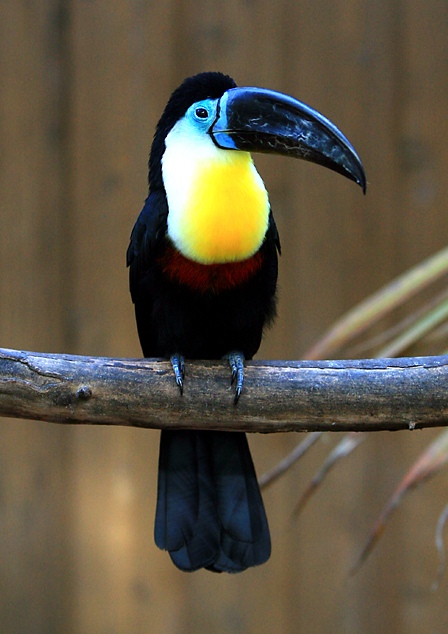Facts About Channel-billed toucan
The channel-billed toucan, a vibrant member of the Ramphastidae family, is native to Trinidad and the tropical regions of South America. There are three recognized subspecies: the Yellow-ridged toucan, R. v. vitellinus, and the Ariel toucan. Although these subspecies were previously thought to be separate species, they interbreed freely.
This bird is renowned for its striking appearance, featuring bright plumage and a large bill. It measures about 48 cm in length. Channel-billed toucans typically inhabit forests and woodlands, favoring humid environments but also occurring along rivers in drier areas.
Their diet mainly consists of fruit, but they also consume insects, reptiles, eggs, and frogs. When it comes to raising their young, both parents share the responsibilities. The gestation period lasts about 18 days, with incubation taking around 15 to 16 days. Baby toucans are born blind and featherless and remain in the nest for roughly eight weeks before they are ready to fend for themselves. These young birds start leaving the nest after about 40 to 50 days.

 Guyana
Guyana